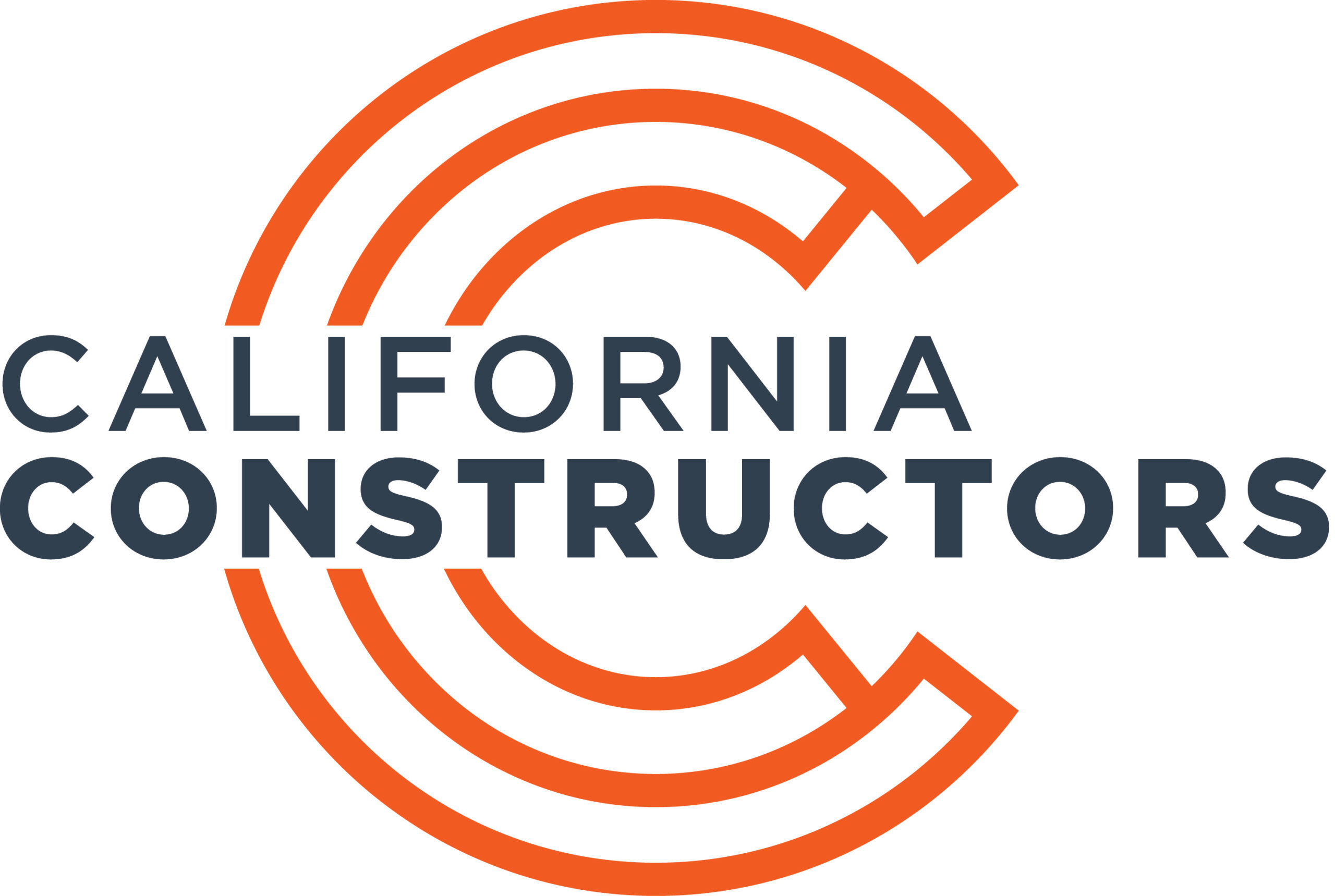Spanish ancestry
The broad term for the cultural emotions of individuals with roots in Latin American nations and territories is Latina traditions. It includes books, works of literature, song https://medium.com/@ben-from-dreamfiancee/latin-mail-order-brides-my-journey-into-the-world-of-latin-brides-dating-b69902b2caa5, church, and different traditional customs. Hispanics or Hispanic Americans may be recent arrivals or members of their extended communities. They share several customs and speak Spanish, or the speech of the nation from which they come as their first speech.
Hispanics are a diverse group of people who also have distinct ethnicities https://abrokenbackpack.com/best-virtual-date-ideas/. They all speak Spanish, but accents vary to make it simple to identify a person’s origin. For instance, Puebla residents are known for being conventional and reserved, whereas Veracruz residents are more democratic and talkative. Spanish America also has a wide range of song, from the complicated polyrhythms of the Caribbean to the waltz brought by Core European colonists to Mexico.
Both the country’s history and its beliefs are varied and abundant. Some customs are celebrated nationwide, while others are local or family-based. For instance, in honor of their grandparents who died while fighting for independence from Spain, Mexicans observe the day of the Dead in the month of october. Hispanic Heritage Month is observed in September and october in the united states to recognize the contributions of our grandparents to the growth of this country.

Hispanics have experienced a lot of preconceptions, just like any minority community. The Greaser, the Lazy Mexican, the Latin Lover, and the Mamacita are just a few examples. The Male Buffoon is depicted as childish, simple, and a bumbling fool while speaking intensely accented English as well as the stereotypes of servants and gardeners.
Hispanics have had a complicated relationship with civilization and racism in the united states. Racist bigotry was but widespread in the first half of the 20th century that countless Latinos were unable to get employment and the nation was divided according to their ethnicity. Anti-immigrant views and hatred of Puerto Ricans and Cubans led to a decline in Spanish ethnical id in the united states in the decades that followed.
Hispanics make up the majority of the U.s. populace now and are a significant part of its socioeconomic, political, and social lifestyle. They are also home to the largest percentage of people of Latina heritage in the world, and they are quickly forming a preponderance in some places, like California.
It is crucial to alleviate myths about Hispanics and other organizations as we work toward a more different and equitable world. The community can learn a lot about this attractive and stunning society during Latina Heritage Month. What do El Concilio, a college institution that unites the Latin@/chican@/hispanic scholar organizations at Online think are some of the most pervasive and dangerous stereotypes about Hispanics in America, ask Asu students? The outcomes were very impressive. Watch the video below to hear what they said.
